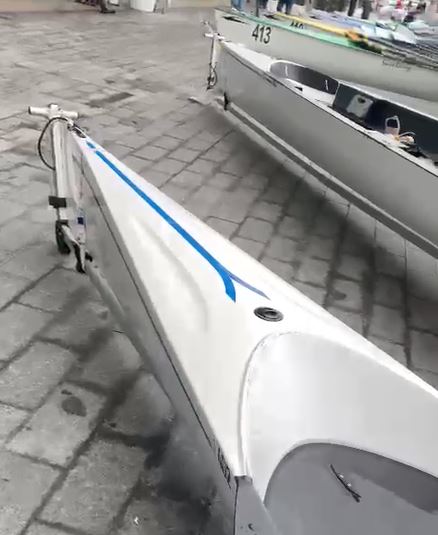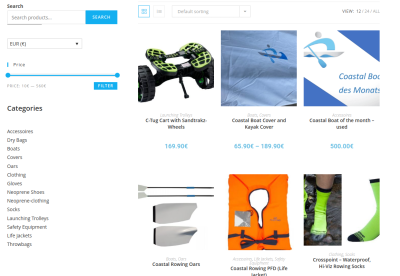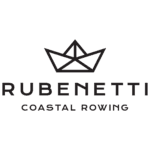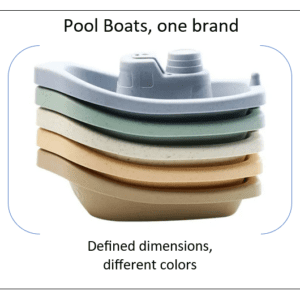Late revenge: Some of us might remember when the first Chinese rowing boats were offered in Europe. Asian boat companies have started to supply less expensive Olympic boats into the European market with more or less success. That started in the mid 90ties and 2000’s. What designer experts noticed: Many hull shapes of the chinese boats looked very similar to the ones of the European market leaders. Why is copying so efficient:

In the rowing boat industry, as in many other industries, the copying or imitation of successful boat designs can occur for several reasons:
- Overall globalisation: All the raw materials you would need to make a fine boats were available in Far East at the middle of the 1990ies. For the Asian perspective, it made sense to start with a boat supply. What was underestimated was the production process and quality level. In todays world this is not an issue any more. All materials, all processes and all skills are available anywhere.
- Competition: The rowing boat industry has been limited to 3-4 leading EU and North American companies. Bringing in boats from far East made sense. Companies may imitate successful designs as a way to compete with established players in the market. If a particular design has gained widespread acceptance and is selling well, other companies may create similar models to capture a share of the market.
- Cost Savings: Designing and developing a new boat can be a costly and time-consuming process. Some companies may choose to replicate successful designs to save on research and development costs. This approach allows them to bring a product to market more quickly and at a lower cost.
- Risk Mitigation: Creating a completely new and innovative boat design comes with inherent risks. There is no guarantee that a novel design will be well-received by the market. By copying successful designs, companies may seek to reduce the risk of failure and ensure a certain level of acceptance among consumers.
- Consumer Expectations: In some cases, consumers may have specific expectations about the appearance, features, and performance of a boat. Companies may choose to imitate successful designs to meet these expectations and cater to consumer preferences.
- Lack of Innovation: Sometimes, companies may lack the expertise, resources, or motivation to invest in innovative design. Copying existing successful designs might be seen as a shortcut to profitability without the need for significant innovation.
Do these reasons apply to the cases we have seen in 2023 championships? Some of them, maybe….
When we are referring to the copies, we speak of hull and deck design. We are not talking about similar equipment like rudder or fin systems. Why should a successful market leader suddenly start producing a Hull, designed in Far East?
Late revenge the market leaders strike back
The explantations we have:
- Fast Follower Strategy: Some companies adopt a “fast follower” strategy, where they observe the innovations of competitors and quickly replicate successful products. This approach allows them to capitalize on proven concepts without incurring the risks and costs associated with being the first mover.
- Extension of product portefolio. The new design might fit into a product niche or in a limited market where sales volumes are little and R&D Cost need to be reduced.
- Learn from competition. Sure, this is also possible. Understanding design philosophies and learning from competitors boat behavior is a well used R&D strategy in the industry.
- Attraction of athletes. Some top Coastal Rowing Athletes have a tendency to select their boat and the boat supplier according the weather and water condition. They want to win with the best fitting equipment. Having different hull shapes enables the competition to keep the athlete in their company hemisphere.
- Late revenge. Why should market leaders not copy successful Far East companies?
What we learned at school: It’s worth noting that while imitation might become common practice in coastal rowing, it is essential for companies to strike a balance between emulating successful designs and fostering innovation. Too much reliance on imitation without innovation can lead to a lack of diversity in the market and hinder overall progress in the industry. Additionally, companies should be aware of intellectual property laws and regulations to avoid legal issues related to design infringement.
And this is what we expect in the future: Boat companies will protect their IP and make sure copying companies can not infringe their design rights any more. Let’s see if this works.







